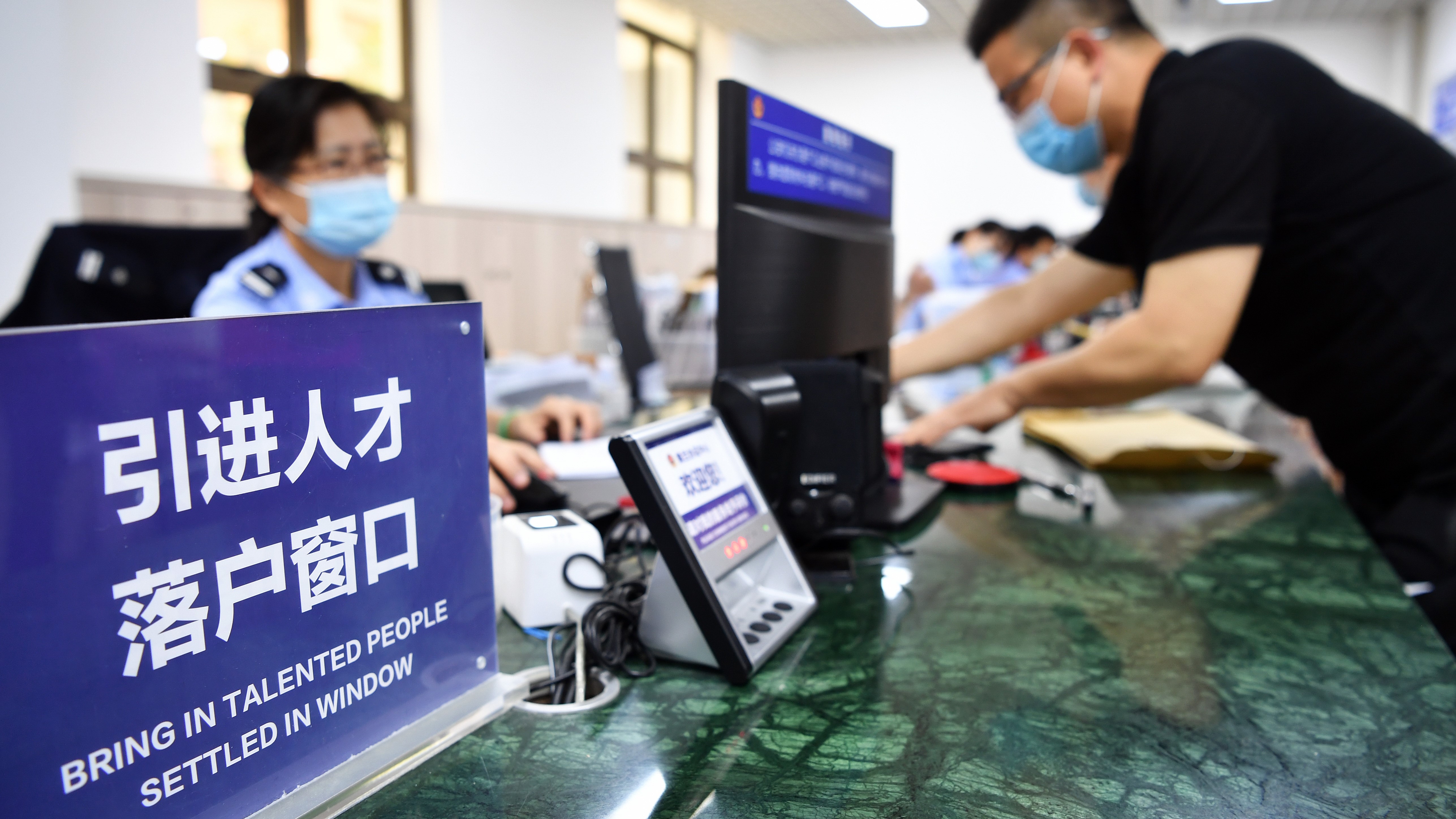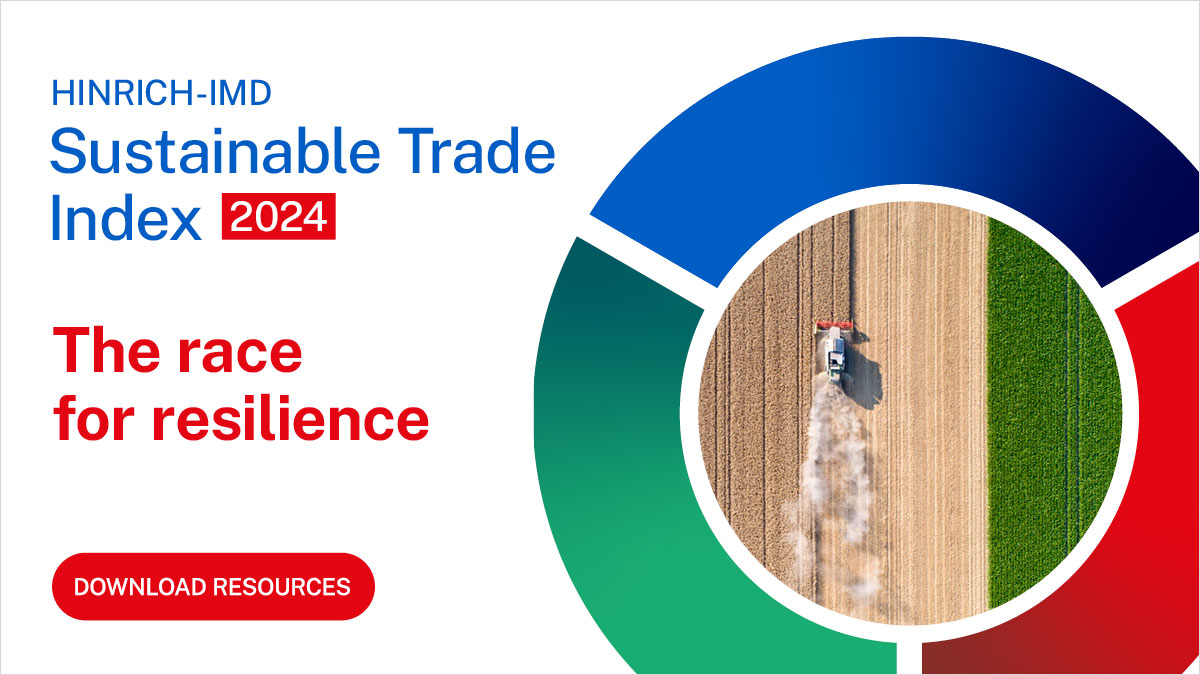Published 11 February 2025
Technologically innovative economies in the Hinrich-IMD Sustainable Trade Index recognize the pivotal role of research and development investments in driving economic growth and maintaining a competitive edge. By advancing science and technology, they have successfully created new industries, generated employment, and fueled economic growth.
The Hinrich-IMD Sustainable Trade Index (STI) evaluates the ability of 30 global trading economies to engage sustainably in trade using 72 economic, societal, and environmental indicators. Technologically innovative economies like New Zealand, Singapore, Japan, and South Korea have consistently ranked among the top performers on the STI in the recent years. These economies recognize the crucial role of R&D in driving economic growth, creating new industries, and fostering job opportunities. By investing heavily in R&D, they have significantly advanced critical sectors, including semiconductor, automotive, information technology, and artificial intelligence.
The Hinrich Foundation illustrates how the most technologically innovative economies in the Index compare in key measures of innovation – R&D expenditure, number of researchers, patent applications, share of high-tech exports, and the number of scientific articles produced.
- R&D expenditure: South Korea tops the Index with over 4.9% of its GDP spent in R&D across the private and public sector, driven by liberal trade policies which facilitates investments. This substantial investment has catalyzed remarkable advancements in various industries such as semiconductors and automotive manufacturing, solidifying the nation's position as a global leader in technology and innovation. South Korean firms such as Samsung Electronics and SK Hynix have achieved groundbreaking innovations in memory chips, processors, and integrated circuits, ensuring a dominant position in the global market. Similarly, economies like the United States and Japan, which invest over 3% of its GDP in R&D, have fostered innovation in critical sectors such as information technology and artificial intelligence, solidifying their stronghold in Large Language Models (LLMs) and robotics, respectively.
- Number of researchers in R&D: South Korea is also one of the economies with the highest number of researchers (over 9,400 per million people). This could be attributed to the government’s emphasis on science, technology, engineering, and mathematics (STEM) education to cultivate a highly skilled workforce capable of driving its cutting-edge industries. Financial incentives and grants provided by the government have further encouraged companies to invest in R&D and hire skilled researchers. On the other hand, economies like China have lower number of researchers relative to its population size given stronger policy priorities over manufacturing and infrastructure development as well as disparities in education between rural and urban areas.
- Total patent applications: With significant investments in R&D, South Korea ranks first as the economy with the highest number of patent applications (5,277) per capita in 2023. These patents are highly concentrated in high-tech and industrial sectors, such as computer technology and electrical machinery. Other economies including Japan and the US also performed well, supported by their robust intellectual property frameworks and significant funding for R&D. While China lags behind other innovative economies in patent applications per capita, it retains top spot in the total number of patent applications filled in 2023 (over 1.6 million). New Zealand, however, ranks below the STI average with most of its patent applications largely concentrated in medical technology.
- Share of high-tech exports: Singapore stands out with a quarter of its manufactured exports concentrated in the high-tech sector, spanning industries such as semiconductors, biotechnology, pharmaceuticals, information and communication technology (ICT) equipment, and precision engineering. The country is home to numerous multinational corporations and research institutions that contribute to its high-tech manufacturing capabilities. Conversely, New Zealand and Japan’s share of high-tech exports are below the STI economies average at 12% and 13%, respectively. Dominated by agricultural exports like dairy and meat, New Zealand has limited high-tech manufacturing industries as a substantial amount of its manufactured goods are from the food and beverage industry sector. Japan often exports industrial components rather than finished high-tech goods, which may not count as high-tech exports.
- Number of scientific articles: Singapore ranks amongst the top economies with the highest number of scientific articles per million population (2,253). This success is driven by its open talent policy, strong global partnerships, and robust academic infrastructure, which have attracted many multinational corporations to set up R&D hubs in Singapore. New Zealand also performed well in this indicator. China’s relatively poorer performance could potentially be attributed to publications in local journals which may not be indexed by Scopus and disseminated internationally.
Overall, investments in R&D have not only contributed to economic growth but have also supported sustainable trade practices through the development of green technologies and energy-efficient solutions. These include renewable energy sources such as wind, solar, and hydropower, which reduce dependency on fossil fuels and lower greenhouse gas emissions. Additionally, advancements in energy storage and efficiency technologies help optimize the use and management of energy resources, thereby enhancing sustainability in trade activities. Innovative technologies, such as electric vehicles (EVs) and alternative fuels, also contribute to reduced carbon emissions in transportation and logistics. This focus on innovation could foster environmental stewardship while promoting long-term economic stability. By prioritizing technological advancements and sustainable practices, these economies are paving the way for more resilient and sustainable global trade.
© The Hinrich Foundation. See our website Terms and conditions for our copyright and reprint policy. All statements of fact and the views, conclusions and recommendations expressed in this publication are the sole responsibility of the author(s).







